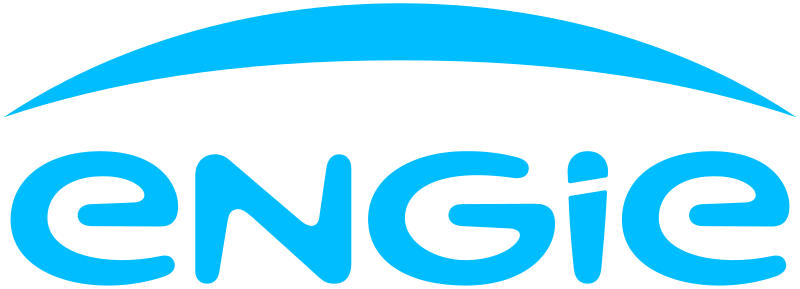Frequently Asked Questions
FIND OUT MORE ABOUT THE CONCEPTS
What is self-consumption?
Self-consumption using photovoltaic solar panels allows you to produce and consume part of your own energy. It involves harnessing the sun’s energy to produce clean, sustainable, free and environmentally friendly energy.
What is a Renewable Energy Community?
An Energy Community is an association of electricity producers and consumers who share renewable energy and autonomously manage green energy at favourable costs, significantly reducing CO2emissions and energy waste.
Who can join a Renewable Energy Community?
Members, partners or shareholders, who may be natural or legal persons, of a public or private nature, including, in particular, small and medium-sized enterprises or local authorities, controlled by them and who, cumulatively:
- are located in the vicinity of the Self-Consumption Production Units (UPAC);
- are owned and developed by the Renewable Energy Community or by third parties;
- the Renewable Energy Community’s main objective is to provide its members or the localities in which it operates with environmental, economic and social benefits rather than financial profits.
What legislation regulates Renewable Energy Communities?
Energy sharing in collective self-consumption and renewable energy communities is governed by national legislation – Decree-Law (DL) 162/2019 – which was later repealed under Decree-Law 15/2022 of 14 January. See here.
What are the requirements for setting up/implementing a Renewable Energy Community?
A Renewable Energy Community can be formed with one or more UPACs and with more than one member.
The identification data of each member, the technical data of each electricity consumption installation and the technical data of each UPAC belonging to the Renewable Energy Community, and finally the identification of the Management Entity (EGAC) are required.
The contracts with the members, the Network Operator and the Internal Regulations of the Renewable Energy Community must then be signed.
ENGIE Soluções de Energia will take care of the whole process for you.
How can I develop a Renewable Energy Community in a condominium?
ENGIE Energy Solutions develops communities for companies. Consult a solar energy specialist near you.
Can anyone join a Renewable Energy Community?
Any electricity consumer and/or producer, with or without batteries, can join a Renewable Energy Community.
Contact ENGIE Energy Solutions to find out about the Communities near your company.
After joining a Renewable Energy Community, how long does it take to receive renewable energy?
As soon as the authorities approve the Renewable Energy Community, and the UPACs are producing, you will start receiving renewable energy (and saving) whenever the Community has energy to share.
How much does it cost to join a Renewable Energy Community?
Another advantage of a Renewable Energy Community is that there is no cost to join! The energy received has a more favourable tariff along with a discount on network costs. There may be a monthly fee in special cases.
What does decarbonising the energy sector mean?
Decarbonising the energy sector involves replacing fossil sources (such as coal, oil and natural gas) with renewable sources (solar, wind, hydro, biomass), as well as improving energy efficiency and implementing carbon capture and storage (CCS) technologies.
What are the main challenges of decarbonisation in energy?
- Intermittency of renewable sources
- The need to modernise electricity grids
- High investments in infrastructure
- Regulation and public policies aligned with climate targets
How can energy companies start the transition to low carbon?
- Carry out emissions inventories (scopes 1, 2 and 3)
- Invest in renewable generation and energy storage
- Digitalise operations to optimise consumption
- Participate in carbon markets and compensation programmes
What are emissions scopes and why are they relevant?
- Scope 1: direct company emissions (e.g. boiler combustion)
- Scope 2: indirect emissions from purchased electricity
- Scope 3: emissions from the value chain (e.g. suppliers, transport)
- Understanding these scopes is essential for setting realistic reduction targets.
Which technologies are driving energy decarbonisation?
- Solar photovoltaic and wind generation
- Storage with lithium batteries and green hydrogen
- Smart grids
- Carbon capture and storage (CCS)
- Electrification of consumption and industrial processes
How does regulation affect decarbonisation in the sector?
Governments are implementing climate neutrality targets, carbon tariffs, subsidies for renewables and ESG reporting requirements. Being compliant is essential to avoid penalties and maintain competitiveness.
What are the economic benefits of decarbonisation for energy companies?
- Reduced operating costs in the long term
- Access to sustainable financing and ESG investors
- Improved corporate image and customer loyalty
- Innovation and portfolio diversification
How can progress in decarbonisation be measured?
Through indicators such as
- Percentage reduction in emissions per MWh generated
- Increased share of renewables in the energy matrix
- Environmental certifications and duly audited sustainability reports
